Front Crash Prevention Systems Better Than Ever: IIHS |
- Front Crash Prevention Systems Better Than Ever: IIHS
- Top 10 Best Mazdas of All Time
- Honda Project 2&4 Concept Previews Track Day Special
- Hyundai N Performance Brand to Launch With Wild New Concept Car
- Jaguar F-Pace Confirmed for September Debut at Frankfurt
- Ford Ranger Slated for Return to US in 2018
| Front Crash Prevention Systems Better Than Ever: IIHS Posted: Vehicles that offer automatic braking are on the rise and the systems are better than ever according to a new study by the Insurance Institute for Highway Safety (IIHS). The IIHS put 19 different new vehicles (photo from previous testing) with front-crash avoidance systems to the test and fourteen of the models were given a Superior rating, while the other five earned the title of Advanced. To get the Superior rating, vehicles must have an autobrake system that "can avoid a crash or substantially reduce speeds in both tests," while for Advanced, the vehicle must "have autobrake and avoid a crash or reduce speeds by at least 5 mph." These systems work with a combination of lasers, radar or cameras, to detect objects in front of a vehicle. If a crash is deemed imminent, the vehicle will grab the brakes automatically to avoid a collision or at least mitigate the effect of the crash. A Basic rating is also handed out to vehicles that feature forward collision warning systems that do not effect the brakes. SEE ALSO: Very Few Vehicles Offer Easy Child Seat Installation: IIHS The Superior rating was handed out to the 2016 Acura ILX, MDX, RDX and RLX; 2016 BMW X3; 2015 Chrysler 300 and its twin, the 2015 Dodge Charger; 2015 Mercedes-Benz C-Class (both Collision Prevention Assist Plus and Pre-Safe Brake equipped versions), CLA (both Collision Prevention Assist Plus and Distronic Plus equipped versions) and E-Class; and the 2016 Mazda 6 and CX-5. In the Advanced category, we have the 2016 Volkswagen Golf, Golf SportWagen, Jetta and 2015 Volkswagen Touareg. The BMW X3 is rated an Advanced with the camera-only system called City Braking Function, while adding the camera- and radar-based system bumps it up to Superior. While most of these systems are available as options, Mercedes is the first automaker to offer a Superior rated system as standard equipment on its vehicles. That doesn't mean you need to buy a luxury car to get an advanced automatic braking system though, as the Chrysler 300, Dodge Charger, Mazda6 and CX-5 are all moderately priced vehicles with Superior auto braking available. This technology is on the rise too, with the IIHS saying that 27 percent of all vehicles available for 2015 offer some type of autonomous braking, doubling the amount available back in 2012. Forwrd collision warning, which does not automatically brake for you, is now available on over half of all vehicles available in 2015. Loading, please wait... |
| Top 10 Best Mazdas of All Time Posted: It Just Feels Right; Passion for the Road; Get in. Be moved; Zoom-Zoom; Driving Matters. These are the various slogans Mazda has used over the years to convey that the manufacturer's cars are fun to drive. Although not every vehicle to roll off a Mazda assembly line has been a joy to operate (I'm looking at you, first-generation Mazda MPV), the little automaker from Japan has had a disproportionate number of fun-to-drive vehicles in its lineup since Day One. So what's the best of the best? Here is our Top 10 list of the best Mazdas ever made, and no, they are not all rotary-powered. |
| Honda Project 2&4 Concept Previews Track Day Special Posted: Honda is teasing a new track-ready concept that it will debut at the upcoming Frankfurt Motor Show. The Honda Project 2&4 was the winner of an internal global design contest run by Honda, and represents Honda's new push to build more exciting cars. The car features an open air cabin-less design which Honda says combines the "freedom of a motorcycle and the manoeuvrability of a car." It appears to be an open wheel single-seater with a mid-engine layout. Power will come from the same 999cc V4 engine that powers the new RC213V-S motorcycle, making 101 hp. SEE ALSO: 2016 Honda Civic Sedan Debuting September 16 Whether or not this car will ever make it to production is unknown, though Honda is currently on a push to bring more performance to its lineup, so a limited production run it certainly not out of the question. The Honda Project 2&4 will be revealed at the Frankfurt Motor Show in September. Discuss this story at our Honda Forum Loading, please wait... |
| Hyundai N Performance Brand to Launch With Wild New Concept Car Posted: Hyundai plans to launch its new N sub-brand of performance vehicles at the upcoming Frankfurt Motor Show in September. The new push into the performance world will be lead by the unveiling of Hyundai's Vision Gran Turismo Concept, the latest in a long line of concept cars that will only be available in the popular Gran Turismo video game. Hyundai says that the wild looking concept car will be a teaser of what is to come from the N sub-brand. Alongside the Vision GT Concept (teased above), Hyundai will also be showing off an early version of its upcoming World Rally Championship race car based on the i20, which it plans to compete with starting in the 2016 season. SEE ALSO: Hyundai Plots 'Performance-Focused' V8 AWD Genesis Finally, Hyundai's RM15 Concept, which is a mid-engine Veloster with a 296 hp 2.0-liter turbo engine, will also be on display. Hyundai says that the concept is "undergoing further developments to apply high-performance technology to Hyundai Motor cars in many exciting ways." Hyundai will debut all of these car at the Frankfurt Motor Show on Tuesday, September 15. Discuss this story at our Hyundai Forum Loading, please wait... |
| Jaguar F-Pace Confirmed for September Debut at Frankfurt Posted: The Jaguar F-Pace will officially be unveiled at the Frankfurt Motor Show in September. Revealing some more details on the British automaker's new SUV, Jaguar promises that the F-Pace "will bring new levels of dynamic ability to the brand when it goes on sale in 2016, after debuting at the Frankfurt Motor Show this September." Teased numerous times and even shown in concept form, the F-Pace is developed on Jaguar's Lightweight Aluminum Architecture and is designed to handle with precision and control without sacrificing ride comfort. Jaguar revealed that the F-Pace will have a sophisticated double wishbone front suspension while the rear is an Integral Link suspension. SEE ALSO: Jaguar F-Pace Extreme Temperature Testing Detailed in Photos Incorporating technology from the Jaguar F-Type, the new SUV features a similar electric power-assisted steering system that offers drivers greater feedback and control compared to a hydraulic system. It will also feature the same torque vectoring by braking technology that was first developed for the F-Type with a torque on-demand all-wheel-drive system. "We haven't made any compromises or exceptions: the new F-Pace had to be a true Jaguar and had to deliver the dynamics DNA," said Mike Cross, chief engineer of vehicle integrity at Jaguar. "We've tested ride and handling to the limit, and the result is that the new F-Pace is as engaging and rewarding to drive as it is comfortable and quiet. As soon as you get into the vehicle you know immediately that it's a good place to be." Discuss this story at our Jaguar F-Pace Forum Loading, please wait... |
| Ford Ranger Slated for Return to US in 2018 Posted: The Ford Ranger is being resurrected for the U.S. market according to a recent report. According to sources familiar with Ford's plans, the American automaker has begun contract negotiations with the United Auto Workers that will bring production of the Ranger to a Michigan Assembly Plant in 2018. If everything gets approved, the Ford Ranger will replace production of both the Focus and C-Max, which will likely be heading to Mexico. The Ford Ranger was the best-selling compact pickup truck in the U.S. from 1987 to 2004. Retail sales of the Ford Ranger were discontinued in the U.S. in 2011 while fleet sales lasted until the 2012 model year. SEE ALSO: Watch the 2017 Ford F-150 Raptor Prototype Go Off-Roading The compact pickup truck market has grown in recent years with the introduction of the Chevrolet Colorado and GMC Canyon. Currently, the Ranger is built in South Africa, Argentina, Thailand and Nigeria for 180 overseas markets. Ford hasn't been importing the Ranger due to the 25-percent tax on foreign-built pickups, better known as the "chicken tax." [Source: Detroit News] Discuss this story at our Ford Ranger Forum Loading, please wait... |
| You are subscribed to email updates from AutoGuide.com News To stop receiving these emails, you may unsubscribe now. | Email delivery powered by Google |
| Google Inc., 1600 Amphitheatre Parkway, Mountain View, CA 94043, United States | |
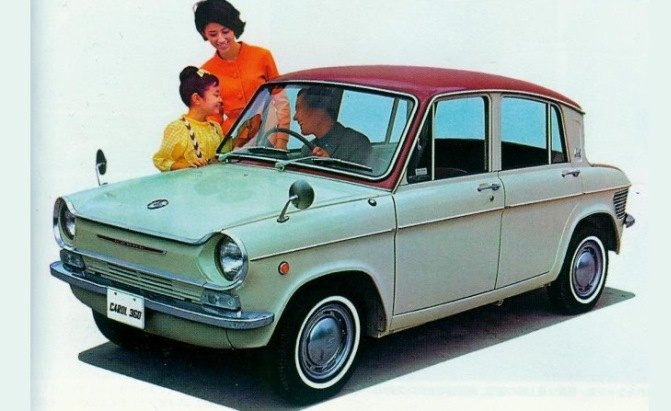
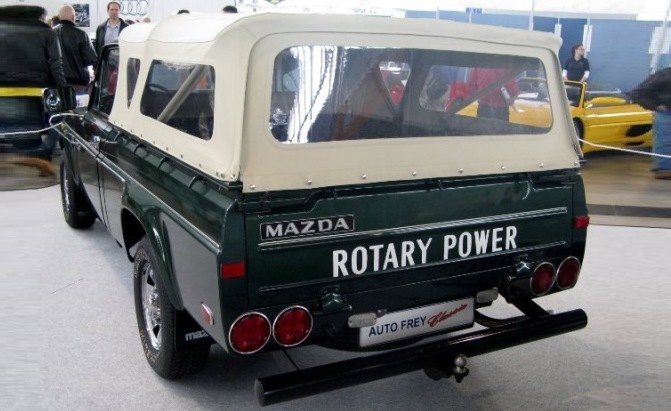


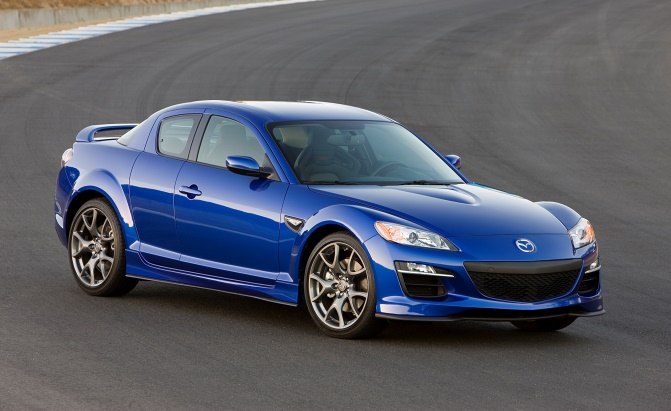
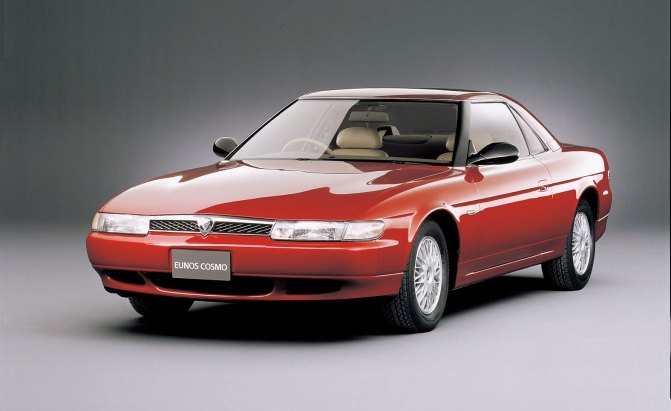

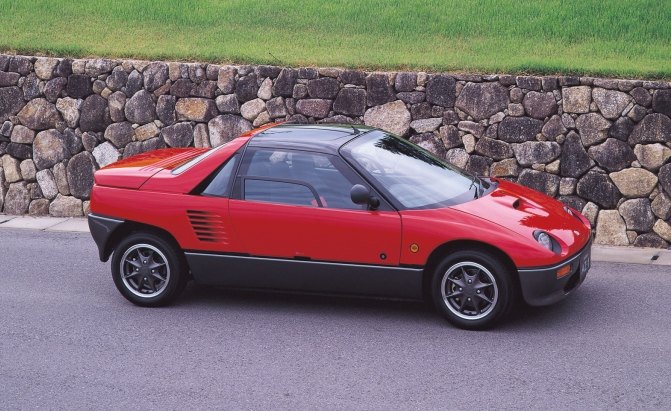
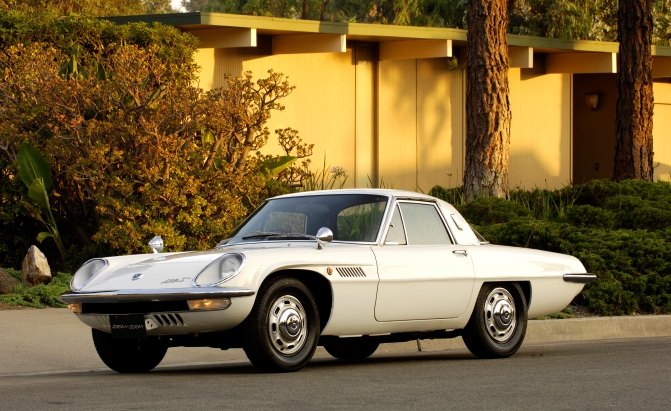



No comments:
Post a Comment